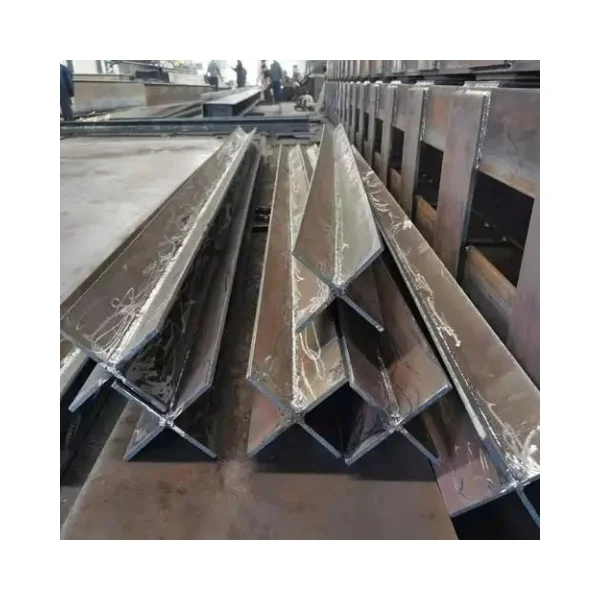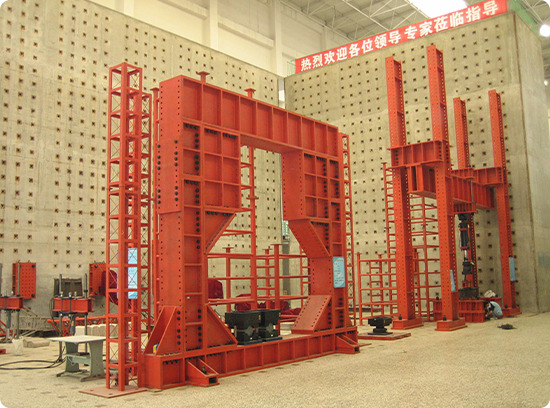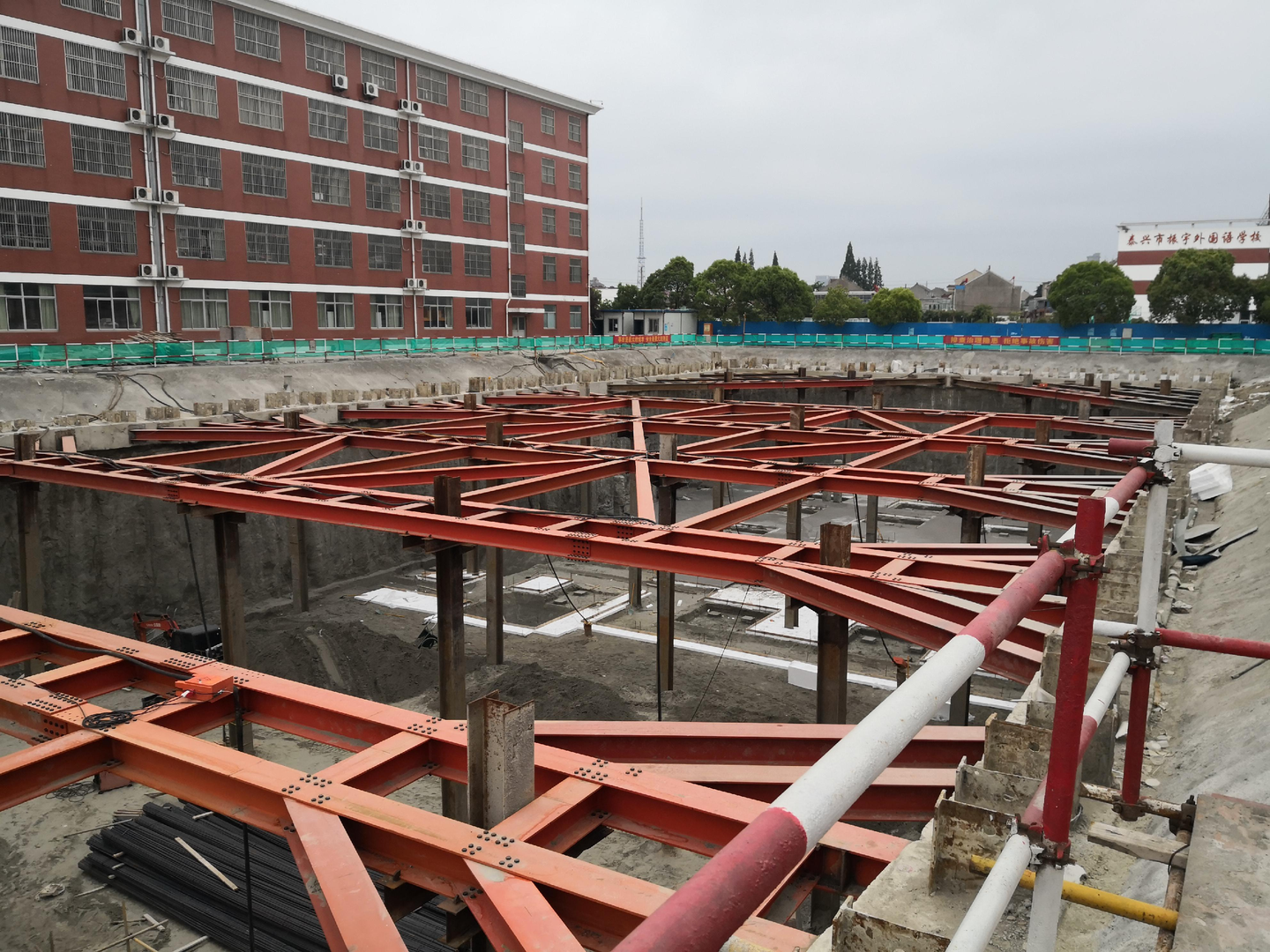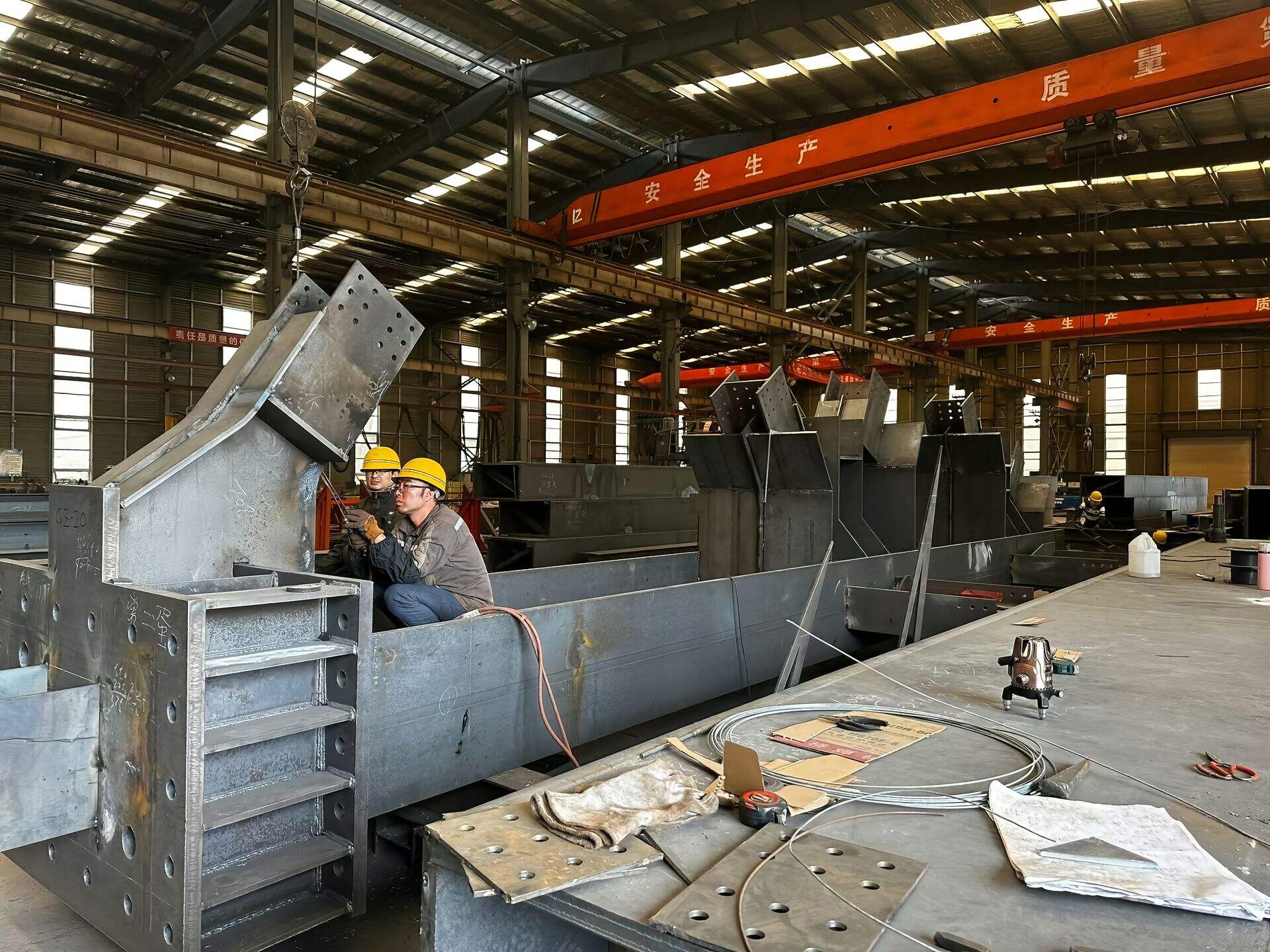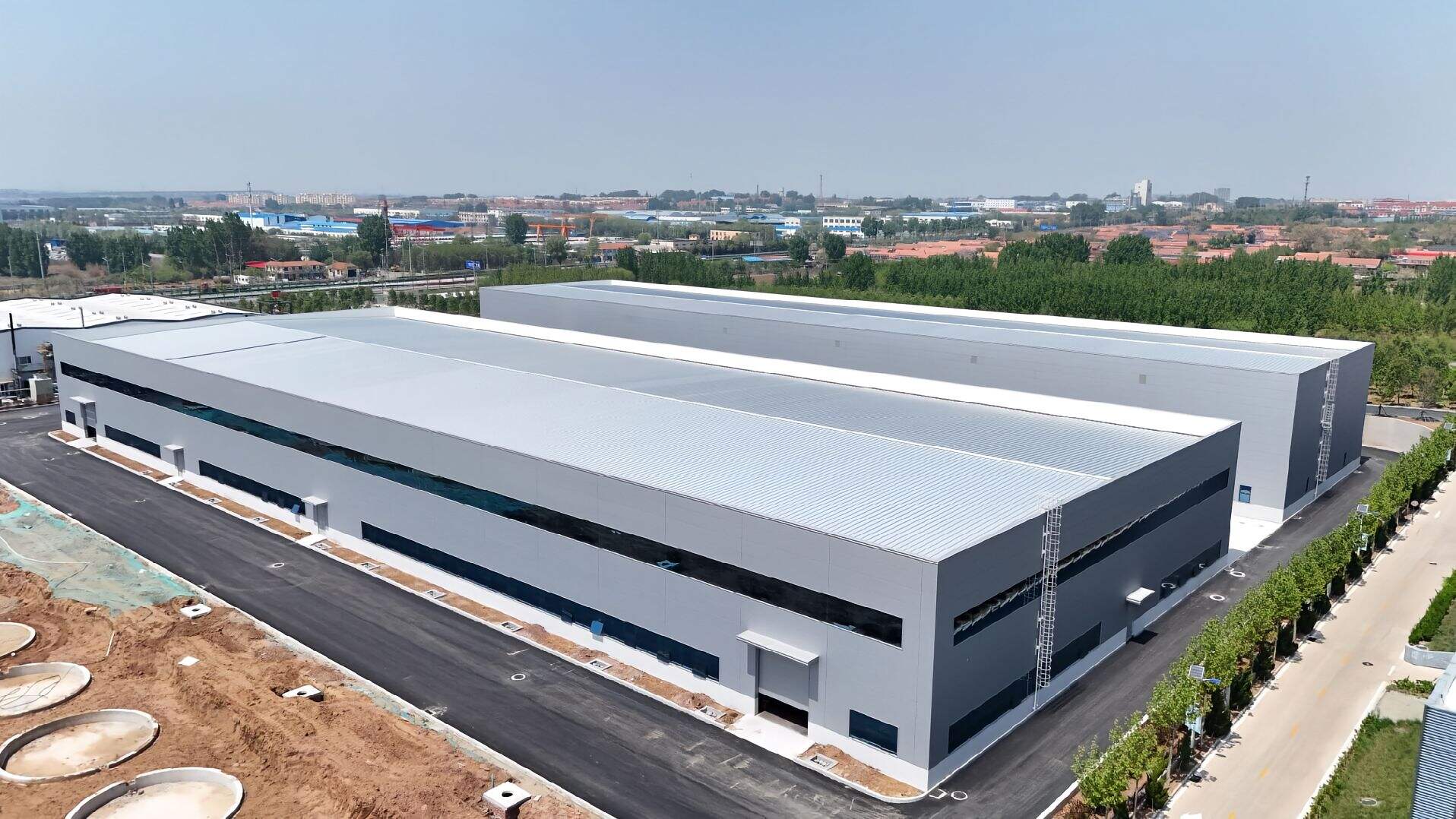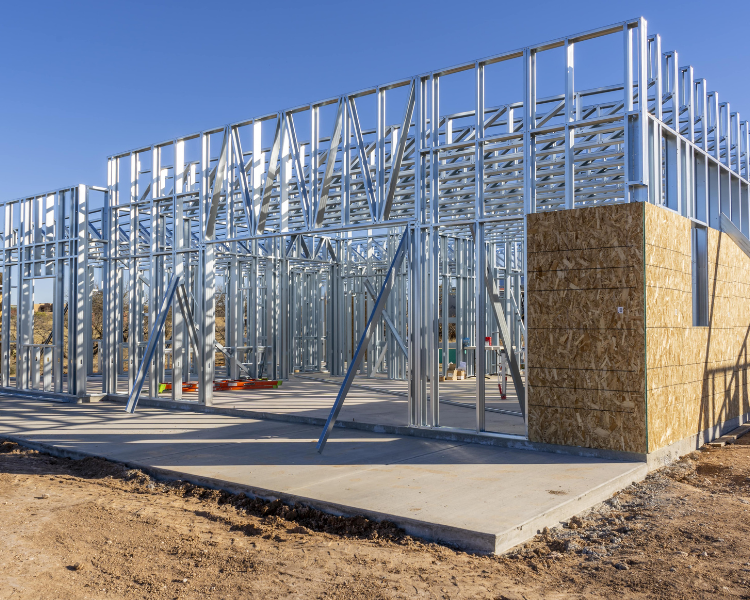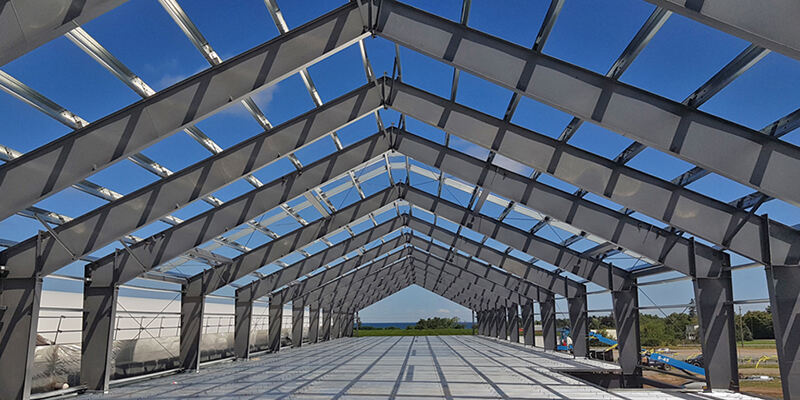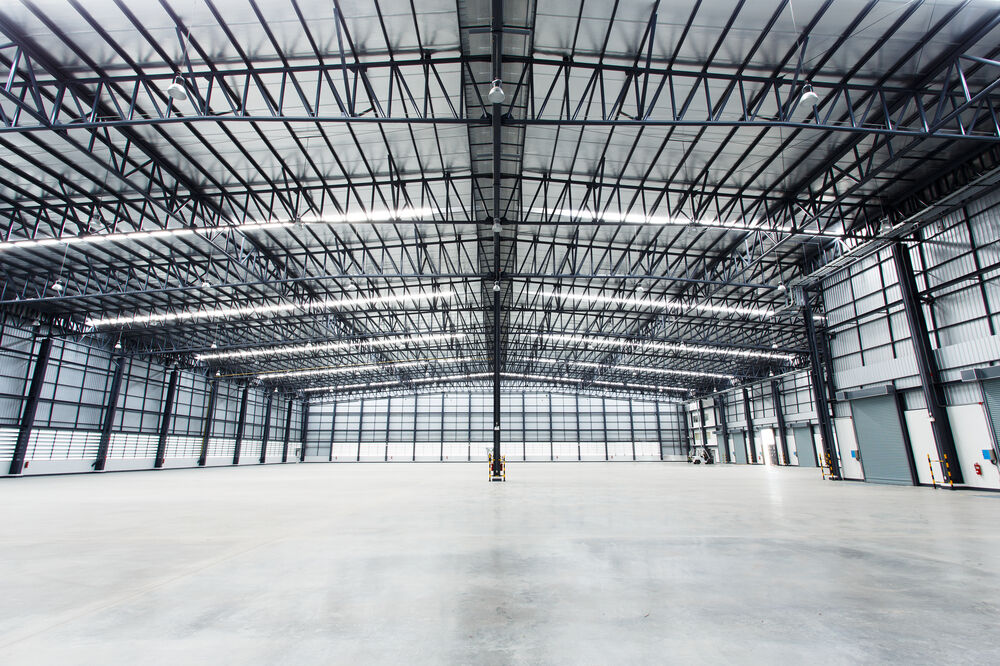steel frame trusses
Steel frame trusses represent a cornerstone of modern construction engineering, combining strength, durability, and architectural versatility. These structural elements consist of interconnected steel members arranged in triangular configurations, designed to distribute loads efficiently across buildings and structures. The primary function of steel frame trusses is to support roofs, bridges, and large-span structures while minimizing material usage through their optimized geometric design. These trusses utilize high-strength steel components, precisely engineered connections, and advanced fabrication techniques to create robust support systems that can span considerable distances without intermediate supports. Their design incorporates both top and bottom chords connected by web members, working together to handle various load conditions including dead loads, live loads, and environmental forces. Modern steel frame trusses benefit from computer-aided design and manufacturing processes, ensuring exact specifications and superior quality control. They find extensive applications in commercial buildings, industrial facilities, sports arenas, and transportation infrastructure, where their ability to create column-free spaces and support substantial loads makes them invaluable. The integration of protective coatings and treatments ensures long-term durability and resistance to environmental factors, while their modular nature facilitates efficient installation and potential future modifications.





